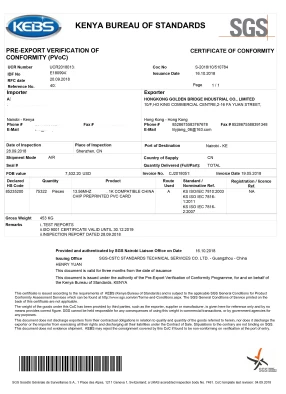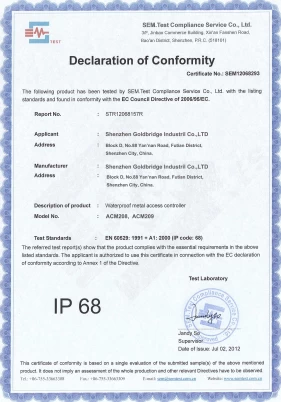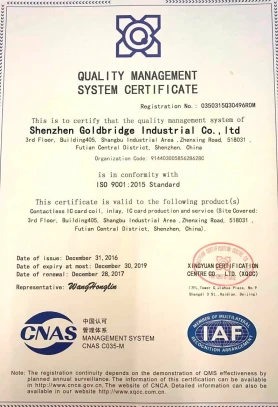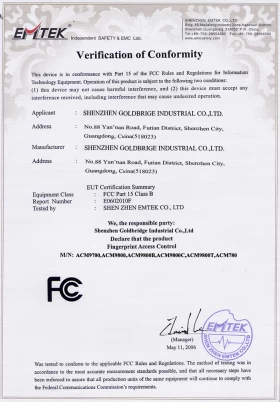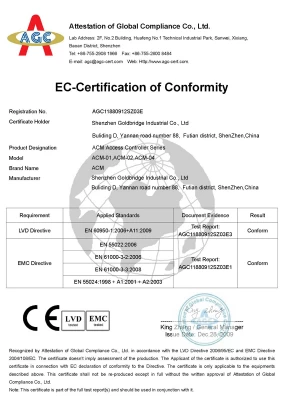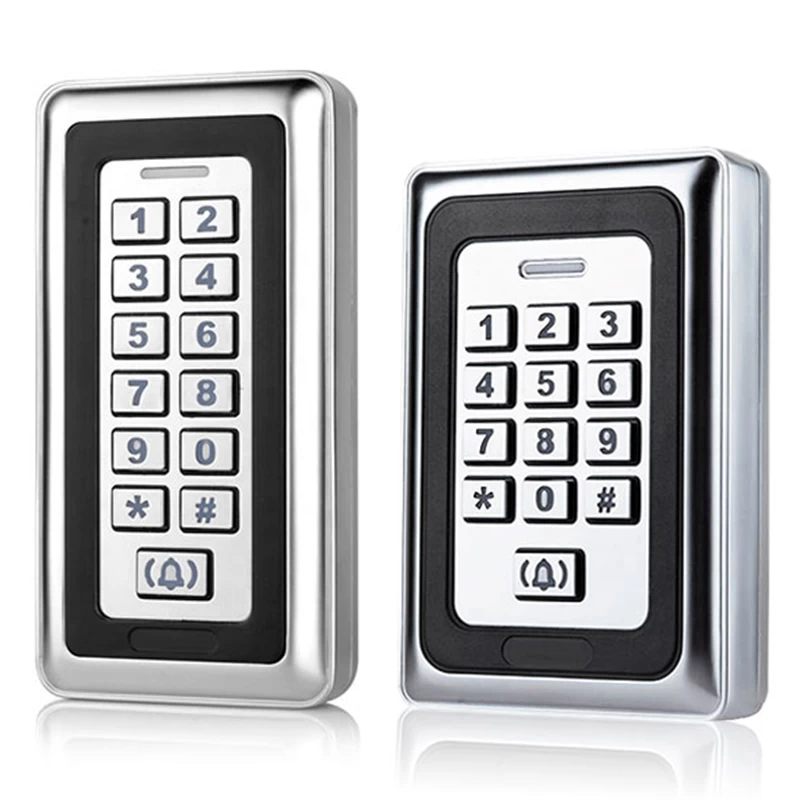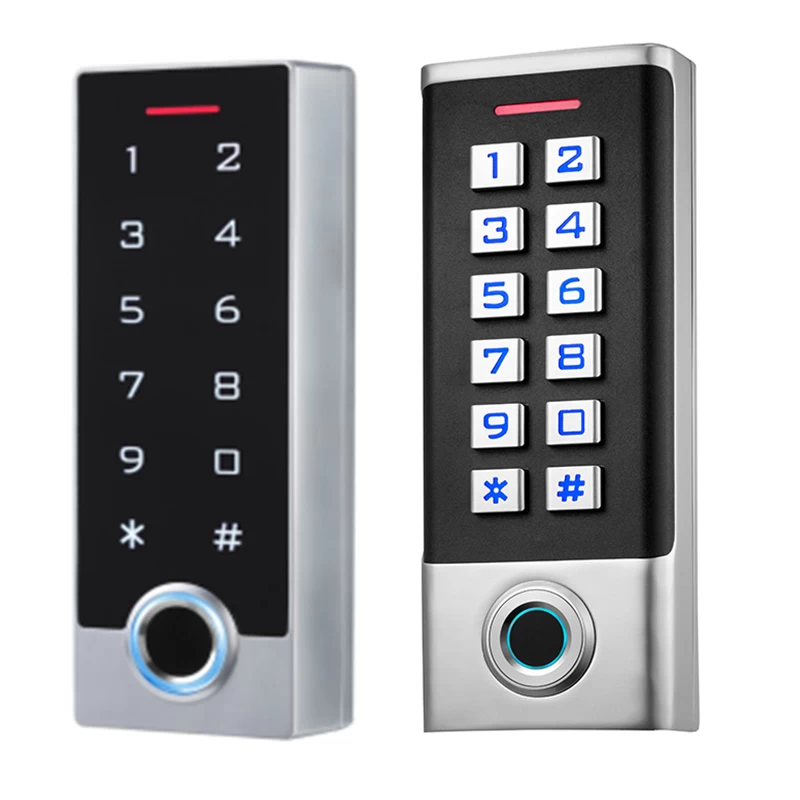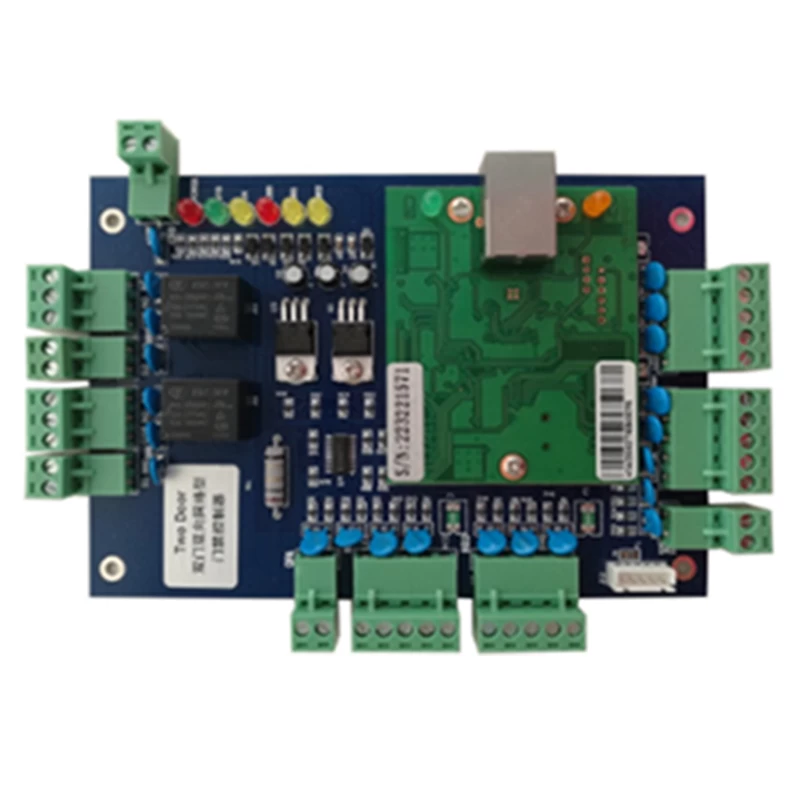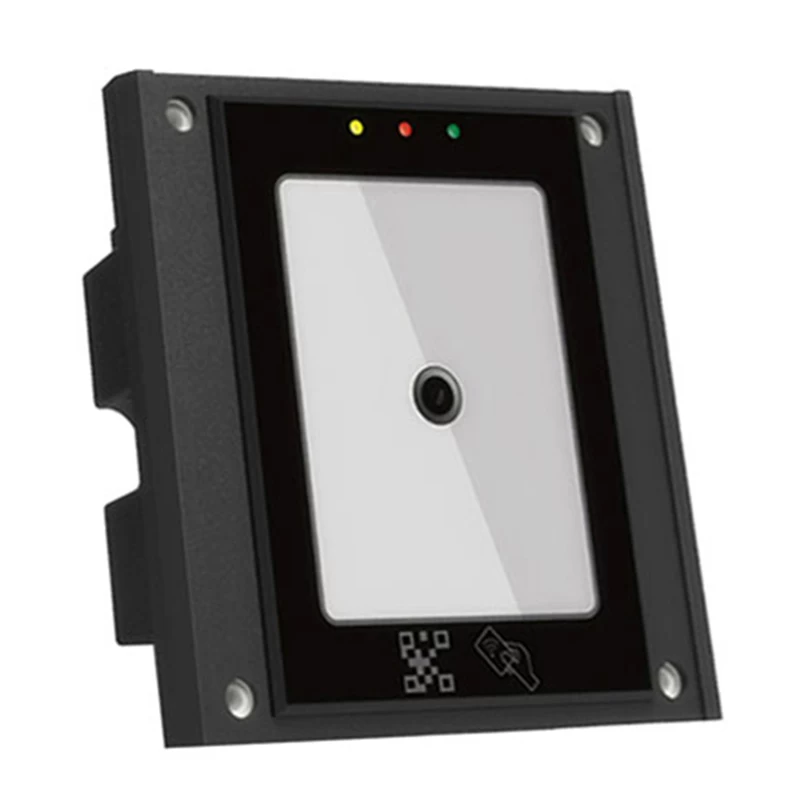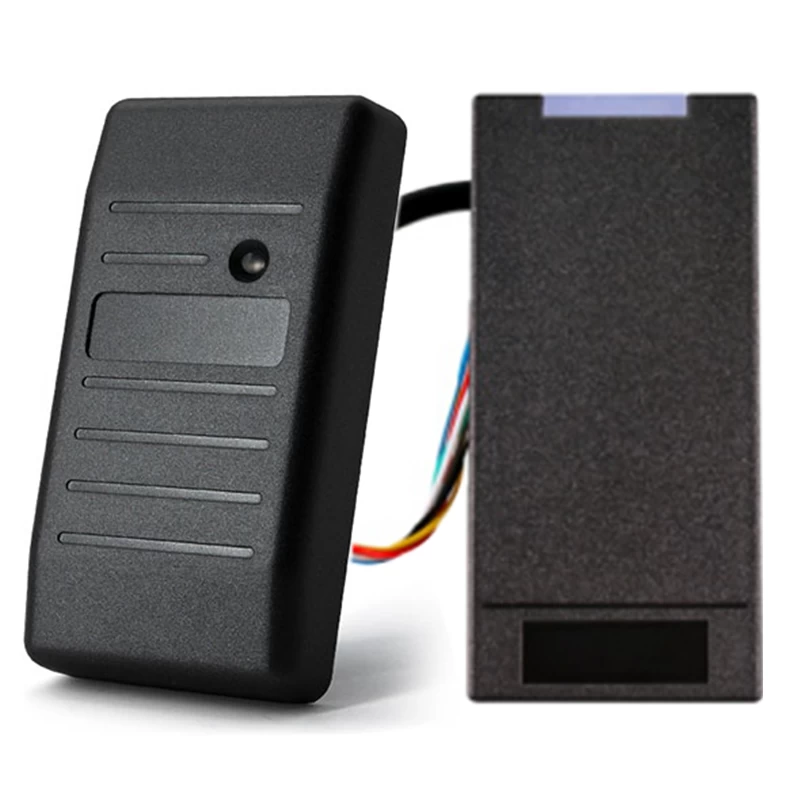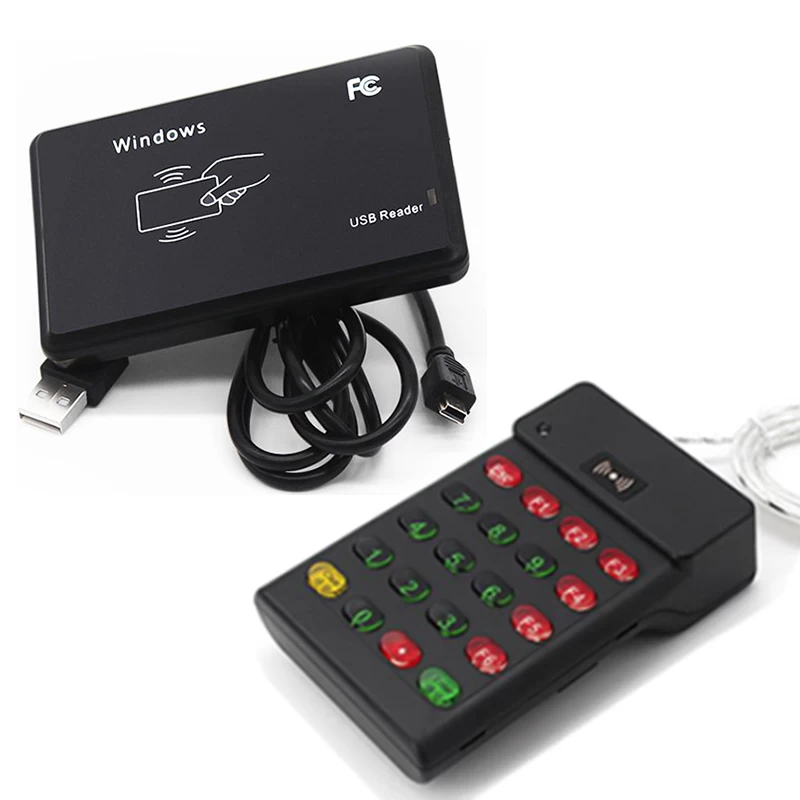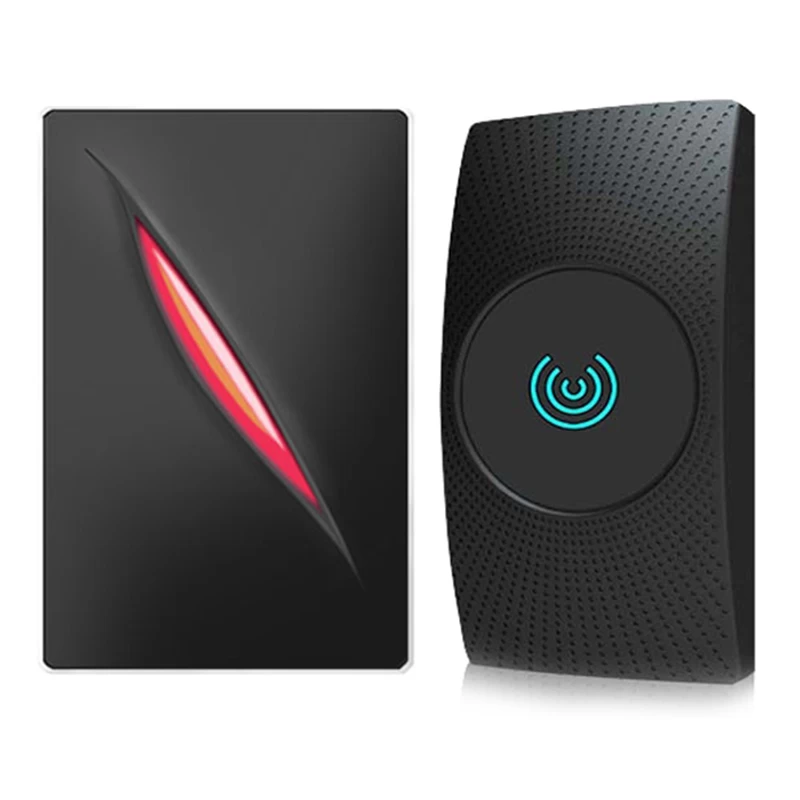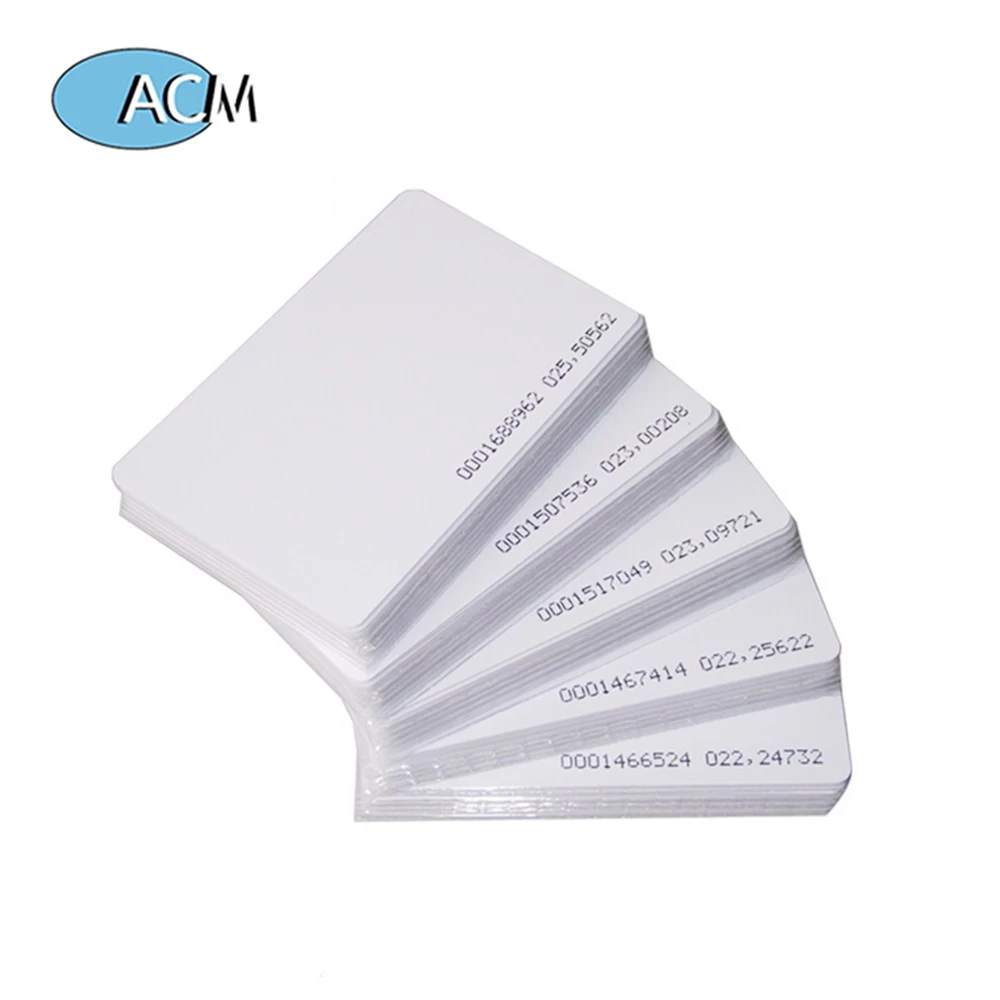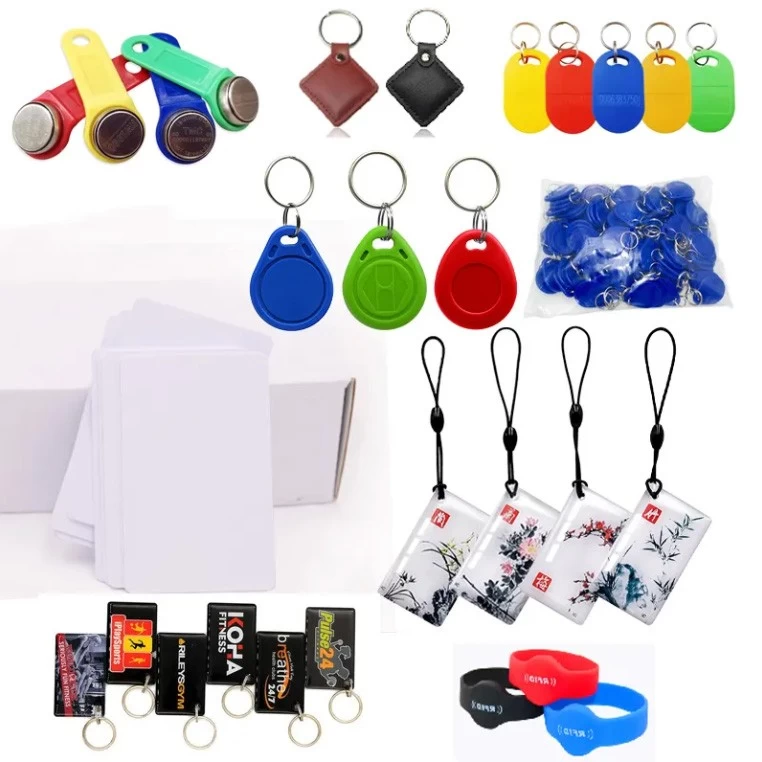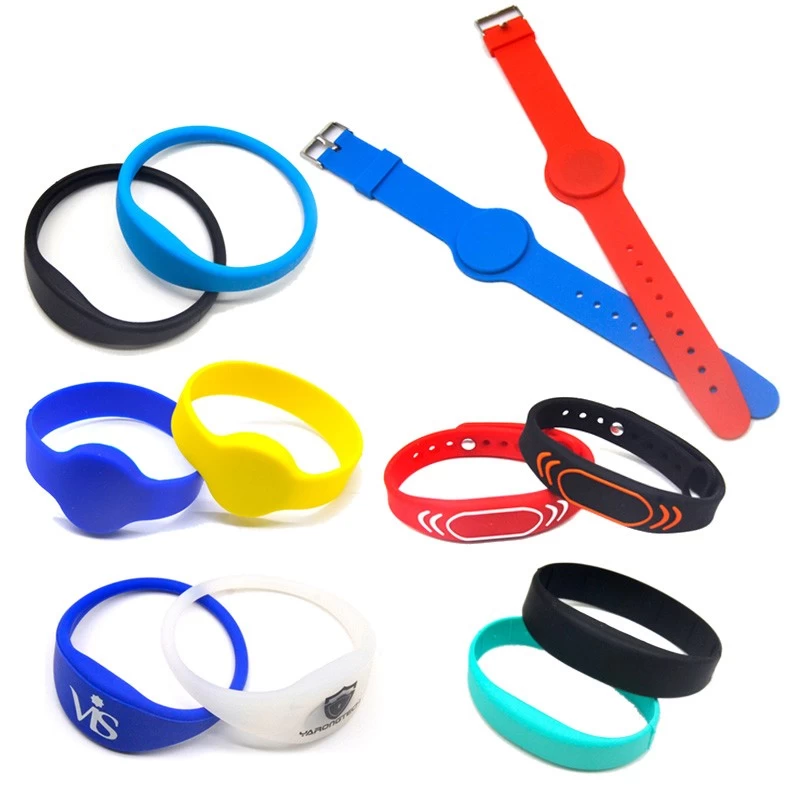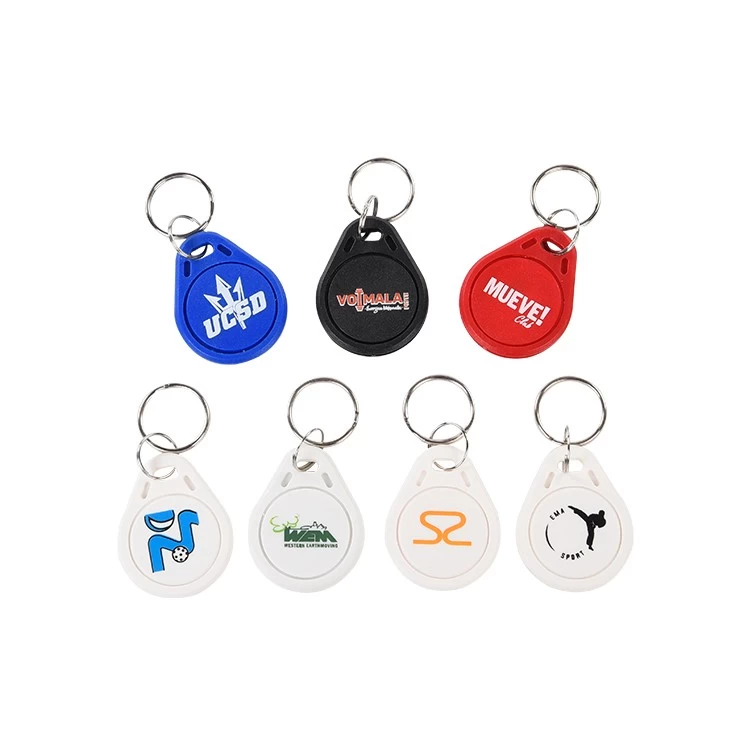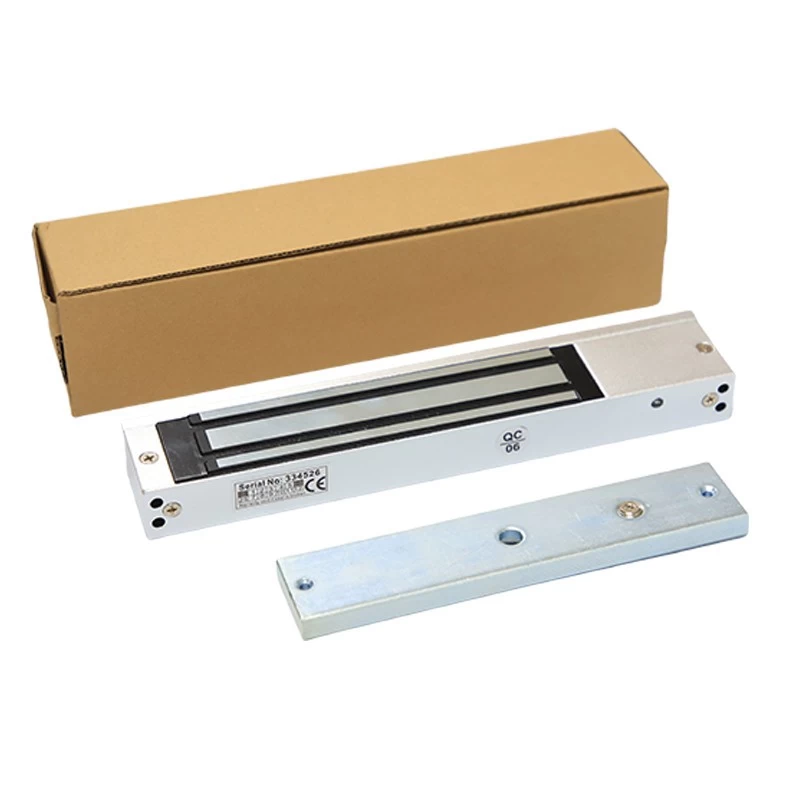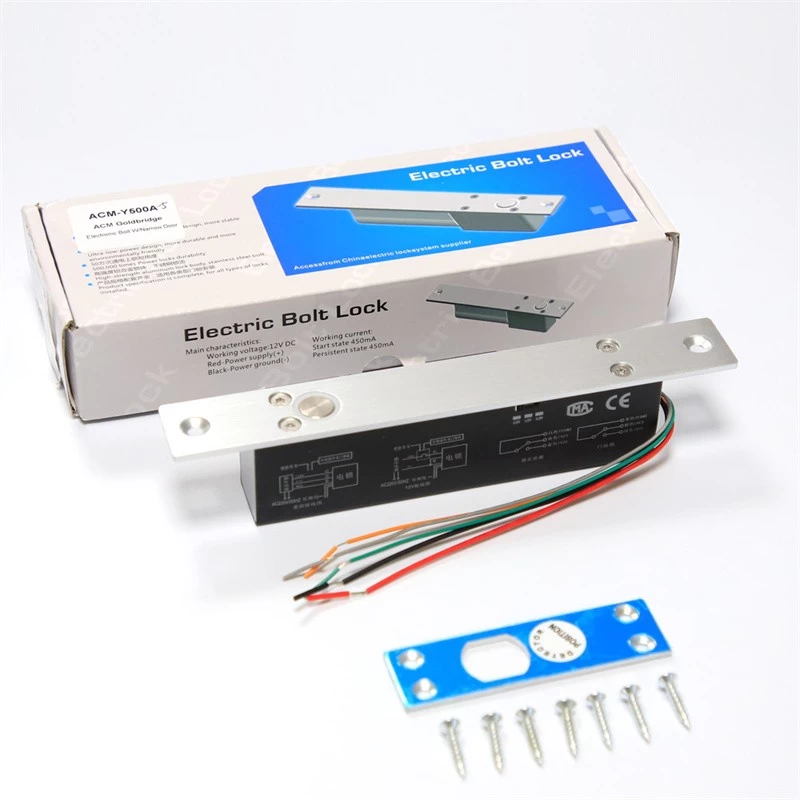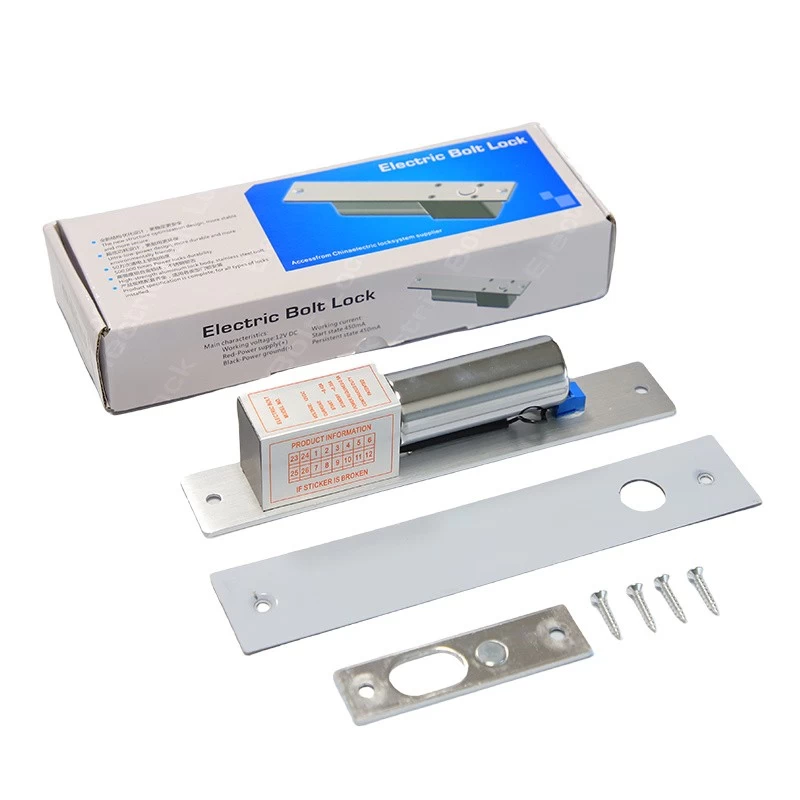The Next Technological Tuyere: How the 'Internet of Everything,' Powered by MEMS and RFID, is Set to Reshape Industries

SAN FRANCISCO – Industry leaders and tech analysts are converging on a consensus: the next major technological wave, or "tuyere," is not just the Internet of Things (IoT), but a more integrated and intelligent "Internet of Everything" (IoE). This new paradigm is being fundamentally built upon the convergence of two pivotal technologies: Micro-Electro-Mechanical Systems (MEMS) and Radio-Frequency Identification (RFID) tags.
For decades, the promise of a connected world has been evolving. Now, the vision is expanding from simple machine-to-machine communication to a seamless network where people, processes, data, and physical objects are intelligently integrated. At the heart of this revolution are tiny, often invisible, components that provide the senses and identity to inanimate objects.
MEMS: The Sensory Nervous System
MEMS are microscopic devices that combine mechanical elements, sensors, actuators, and electronics on a single silicon chip. They are the workhorses that gather critical data from the physical world.
"In the Internet of Everything, you don't just need connectivity; you need awareness," explains Dr. Alanna Sanchez, a senior researcher at the Institute for the Future. "MEMS sensors are what give the network its 'senses.' They are the accelerometers in your phone, the pressure sensors in smart tires, the gyroscopes in drones, and the environmental sensors monitoring air quality in smart cities. They provide the rich, real-time data that makes the IoE intelligent and responsive."
RFID: The Digital Identity Tag
While MEMS sense the environment, RFID tags provide a unique digital identity to every object. These small, wireless tags store data that can be read by scanners from a distance, without needing a direct line of sight.
"RFID is the foundational technology for asset visibility," says Michael Roberts, CEO of OmniLogix Solutions. "It answers the most basic yet critical questions: What is it? Where is it? Is it authentic? From tracking a single component on a complex assembly line to managing global logistics for a retail giant, RFID provides the essential 'who' and 'where,' which, when combined with the 'what' from MEMS sensors, creates a powerful digital twin of the physical world."
The Powerful Convergence: Creating a Smarter World
The true "tuyere" moment is the fusion of these technologies. An RFID tag can identify a pallet of goods, while MEMS sensors embedded in the packaging can continuously monitor its temperature, humidity, and shock during transit, ensuring the integrity of sensitive pharmaceuticals. In agriculture, RFID can track livestock, while MEMS-enabled drones monitor crop health.
This synergy is poised to disrupt countless sectors:
-
Supply Chain & Logistics: Real-time, end-to-end visibility with condition monitoring.
-
Healthcare: Smart pills with MEMS sensors and RFID tracking for patient adherence and remote monitoring.
-
Smart Cities: Intelligent traffic systems where vehicles (with RFID tags) communicate with sensor-laden infrastructure to optimize flow.
-
Manufacturing: "Smart factories" where every tool and component is self-aware, reporting its status, location, and need for maintenance.
As these technologies become smaller, cheaper, and more powerful, the Internet of Everything will cease to be a futuristic concept and become the underlying fabric of our daily lives and global economy. The next tuyere is here, and it's built on the tiny, powerful shoulders of MEMS and RFID.


